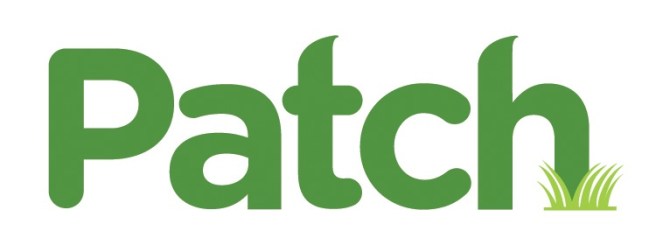 A recent Business Insider article took a closer look at AOL’s Patch business model, and all is not well at the hyper-local news arm of the media conglomerate. According to the story, an anonymous Patch salesperson came forward to explain the crippling day-to-day operations within the company. Since the Huffington Post-AOL merger, Patch has become a major focus. AOL has invested somewhere around $120 million dollars in the community news sites this year. The goal is to have 1,000 dedicated sites up and running by 2012.
A recent Business Insider article took a closer look at AOL’s Patch business model, and all is not well at the hyper-local news arm of the media conglomerate. According to the story, an anonymous Patch salesperson came forward to explain the crippling day-to-day operations within the company. Since the Huffington Post-AOL merger, Patch has become a major focus. AOL has invested somewhere around $120 million dollars in the community news sites this year. The goal is to have 1,000 dedicated sites up and running by 2012.
So it follows to reason that such rampant expansion could be contributing to the reports of a confused and shaky infrastructure. Now had it been just one salesperson who admitted to being a “disgruntled employee,” it would be easy to dismiss the report. But now more and more Patch staffers are coming forward, and this coupled with complaints over pay plaguing the site make it sound as if a mutiny is in our midst. Complaints about low company morale, unreasonable sales models, and unsustainable writer requirements are among the litany of complaints.
There can only really be two conclusions to make here: Either AOL has the uncanny ability to hire the world’s whiniest, least discreet employees, or Patch is coming apart at the seams. Given it’s less-than-clean reputation, it’s difficult not to assume the latter. It’s no secret that AOL is desperate to find a profitable platform, and Patch is one of its two major investments to do this (the other being the $300+ million it spent on the HuffPo merger). While AOL continues to hire writers and create new Patch networks all over the country, it’s really only resulting in driving more traffic to its site, rather than creating any real revenue.
Of course, its employees’ public airing of insider information is perhaps what hurts Patch the most, and adds fuel to critics’ fire. But if there is some truth to these revelations and Patch is unable to steer AOL toward a profitable path, it will have wasted a lot of money, time, and resources in the project. At best, it seems incredibly unclear whether Patch will pay for itself.


